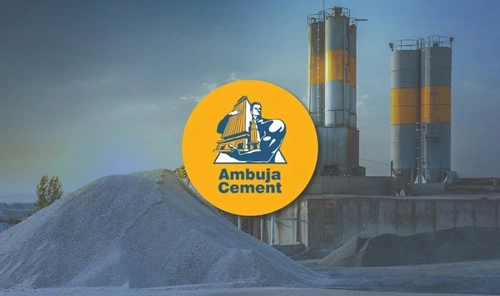When you look up the biggest cement companies in India, you’ll always find Ambuja Cements in the top 3. That’s just because it is among the oldest and most reliable cement companies in the country. That is the very reason why we’re taking a good look at who the owner of this company is, who’s at the CEO position, what the net worth is, and where the head office is located.

| Company/brand name | Ambuja Cements Limited |
| Establishment year | 1981 |
| Country of origin (headquarters) | India (Mumbai, Maharashtra) |
| Owner/Founder | Owner: Adani Group; Founders: Narotam Sekhsaria, Suresh Neotia |
| CEO Name | Vinod Bahety |
| Industry | Cement |
| Net worth | Rs. 62,535 (2025) |
| Total revenue in 2025 | ₹35,045 |
About the Company
Ambuja Cements Limited came into being in 1981 and was the brainchild of Narotam Sekhsaria and Suresh Neotia. Its initial name was Gujarat Ambuja Cements. Just saying! Holcim, a world major in the cement industry, has been a significant shareholder in the company for a long time. Yet, Holcim decided to exit the business in 2022, and the ownership was transferred to the Adani Group. Since then, the Ambuja Cements team, led by the CEO Vinod Bahety, has been totally focused on the implementation of the Adani Group growth plan in the building materials sector. Just so you know, the main head office of this company is down there in Mumbai, Maharashtra.
Current Status
Ambuja Cement is currently an Adani Group company and exerts a massive influence all over India. Ambuja Cements is aggressively expanding its capacity and acquiring other companies as well. So the company is strengthening its coastal logistics, adding more limestone assets, and dominating the South India market as a result of acquiring Sanghi Industries by the company in December 2023 and the acquisition of Penna Cement in August 2024.
Future Outlook
In FY2025, Ambuja has exceeded the 100 MTPA cement capacity milestone and has established a goal of 118 MTPA by FY2026 and 140 MTPA by FY2028. The company is quite close to achieving its expansion goals, given that it has a hefty operating margin of almost 20%. Moreover, the firm will be able to enjoy integration synergies.